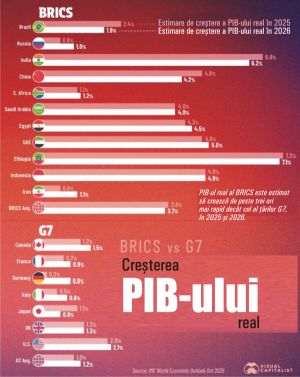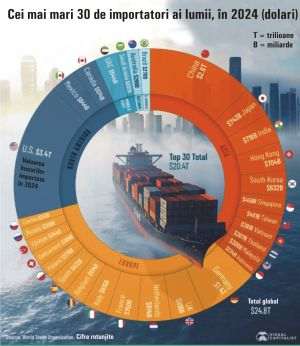Starting from the statements of Radu Gheţea, the president of CEC Bank, that only 21% of the small and medium enterprises (SMEs) in Romania resort to bank loans, whereas the others use their own or third party resources, in this article I want to speak about the chances of SMEs of making a decent profit in Romania, if not even to represent the engine of the economy, like they are in developed countries.
As we all know, entrepreneurs prefer to act instead of look for solutions for a long time, therefore they can't wait for the banks to decide whether they want to lend them money or not. Here is where the banks and the guarantee and counterguarantee funds step in, when it comes to encouraging the small entrepreneurs to resort to bank loans, instead of choosing other solutions to finance their investments and their day-to-day operations. In order to be eligible for loans, it is necessary for the entrepreneurs to understand that the balance sheet must contain relevant and real data concerning the activity of the company, even though most of the time they prefer to present an empty balance sheet to the bank, mostly due to the extremely heavy taxation in Romania. This results in a vicious circle, where the banks accuse the SMEs of being "unbankable", i.e. that they lack solid financial data, stable market position and legal status, whereas the managers of the small companies complain about the lack of openness by the banks when it comes to their needs.
Furthermore, the provisions of the Basel agreements (either in their existing form, Basel II, or in their future form, called Basel III) generally classifies loans granted to SMEs as being similar retail loans. Thus, the lending products are standardized, unlike the loans granted to the major corporations. Because of that, the entrepreneurs can't "adapt' the financing method to their real needs, and the terms for accessing the loan are fixed (interest, commissions, accepted collateral, contractual clauses). This approach creates more discontent for entrepreneurs, as well as frustration for the banks' employees, who can't adequately respond to the needs of their SME clients.
Considering the drawbacks announced above, and the fact that the economic recession has strongly affected the cashflows of small companies, and their trade relationships with their partners (slower collection of their receivables, additional taxation, a drop in turnover), as well as the lack of a financial education among small entrepreneurs, the phenomenon of non-performing loans has expanded lately. In the case of SMEs, the percentage of non-performing loans represents 20% of the balance of the loans on that segment, compared to just 4% among major corporations, but in the case of some lenders, non-performing loans granted to SMEs account for as much as 35-40% of the portfolio. Thus, the wariness of banks to finance SMEs makes sense; on the other hand, neglecting a potential market of over 600,000 small companies is not an option for any of the banks. Romania's economic growth can only come from a good performance of the sector of small and medium companies, and this performance needs adequate ways to finance the activity of SMEs.
Until then, however, we will remain caught in the same vicious circle. Who will be the first to break it: the state, through a simple, predictable and transparent fiscal policy, the banks, through their decision to finance the SME sector despite the high risks of default, or even the entrepreneurs themselves, who will acknowledge their revenues and financial earnings and will accept a collaboration with the banking system, which is oftentimes hard to swallow?












































